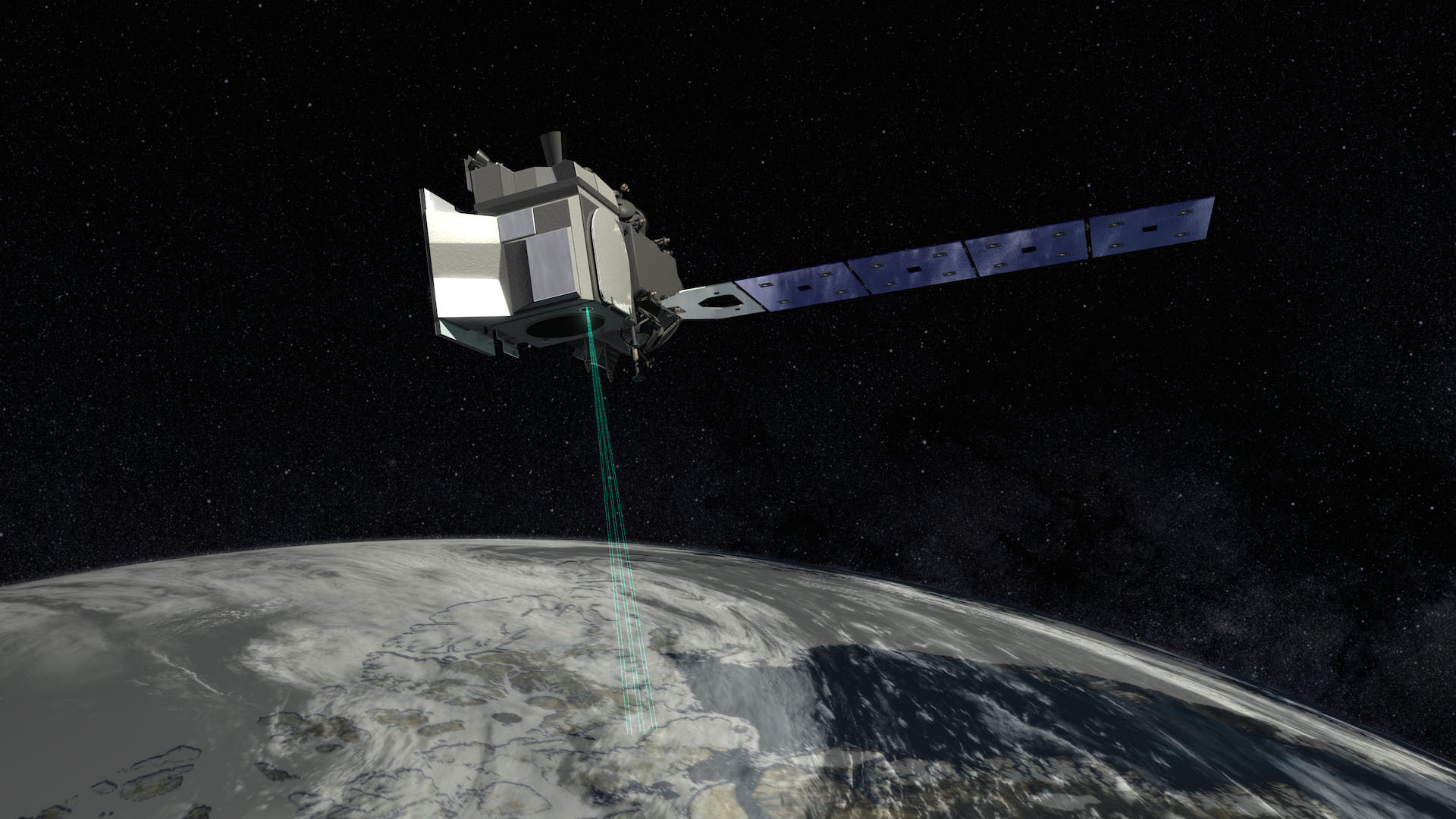If we had a dime for how many times green lasers falling from the sky have been caught on camera in the last six months, well, we would have two dimes, which is not much but it is weird that it happened twice. Just a few months back we reported on a Matrix-like glitch that was caught over the summit of Maunakea in Hawaii. Now, footage from over Mount Fuji in Japan caught last year shows something similar.
The location is once again connected to a volcano but it is several thousand miles west. Footage of the green lasers was recorded by motion-detecting cameras set up by Daichi Fujii, an astronomer and museum curator based near Mount Fuji on September 16, 2022. The cameras were supposed to spot meteors but captured something else entirely: a satellite at work.
The satellite in question is NASA’s ICESat-2, or Ice, Cloud, and land Elevation SATellite-2. While the acronym might not be the best, the science observations that it carries out are pretty awesome. It can shoot 10,000 laser pulses a second with about 20 trillion photons leaving the spacecraft. About a dozen come back but those are enough to measure the elevation of ice sheets, glaciers, and sea ice in exquisite detail. ICESat-2 can also measure the heights of forests, lakes, urban areas, and cloud cover.
But the lasers are not really visible unless the right conditions take place. You might need a bit of cloud coverage to scatter the light but not too much otherwise it would be blocked. Due to the rhythmic nature of the lasers and a blinking object beyond the clouds, Fujii suspected a satellite and the path of ICESat-2 was consistent with the observations.

Artist’s impression of ICESat-2 beaming its lasers down to Earth. Image Credit: NASA’s Goddard Space Flight Center
The ICESat-2 team found Fujii’s post on social media and went to check if it was indeed their satellite causing the lights. The glitch above Hawai’i back in February was at first attributed to ICES-at2 as well before the real culprit, the Chinese Daqi-1/AEMS satellite, was identified. Analyzing the data from the night in September last year, Tony Martino, ICESat-2 instrument scientist at NASA’s Goddard Space Flight Center, saw that two thin layers of cloud were present over Japan, allowing for the light to become visible. With the precise location of the satellite, the beams, and the cloudy conditions, Martino confirmed it was ICESat-2.
“ICESat-2 appeared to be almost directly overhead of him [Fujii], with the beam hitting the low clouds at an angle,” Martino said in a statement. “To see the laser, you have to be in the exact right place, at the right time, and you have to have the right conditions.”
In fact, this is the first time the ICESat-2 team has actually seen footage of its lidar instrument in action.
Don’t worry, the laser light is not harmful at all. It travels so far that by the time it reaches the ground that it has roughly the same strength as a camera flash from 30 meters (100 feet) away.
Source Link: Cause Of Green Laser Lights Spotted Over Mount Fuji In 2022 Confirmed